Everyman's Library 1991 - 2022
[The New Series] A Checklist
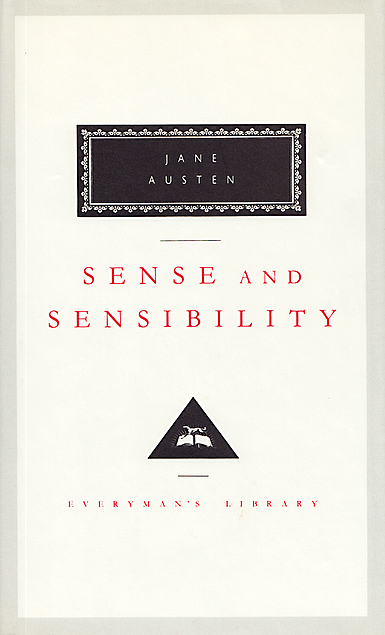 |
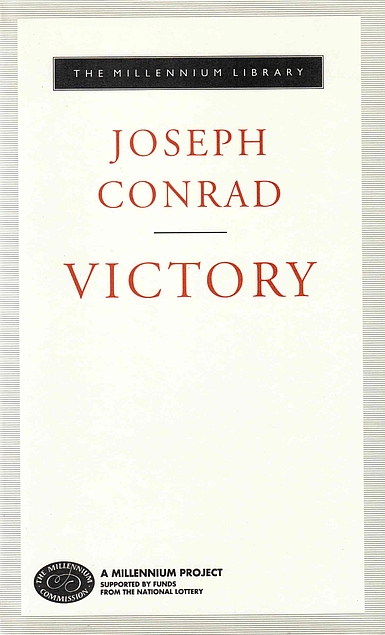 |
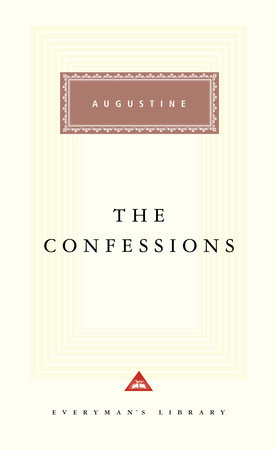 |
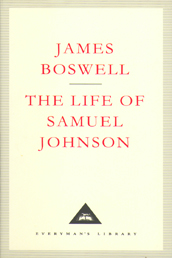 |
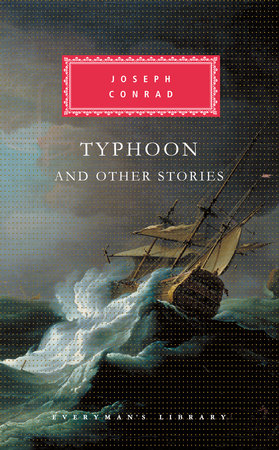 |
 |
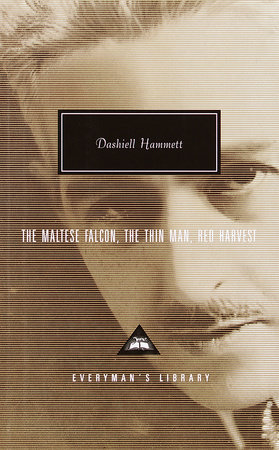 |
 |
| Various styles of dust jacket fronts |
Overview
The current incarnation of Everyman's Library began publishing in 1991. An small Engish publishing firm
run by David Campbell bought the hardcover rights to the Everyman's Library name; Alfred Knopf, a division of
Random House, signed on to publish in the US. In the UK David Campbell Publishers Ltd and Everyman's Library
are now a division of Penguin Random House UK, and in the US Random House is part of a gigantic publishing
entity that includes Penguin, Doubleday, Schocken, Pantheon, Putnam, Dutton and Viking among the major trade
publishers; Penguin, Anchor, Berkeley, and DAW are among their paperback lines. In spite of all this
aggregation the relationship between
Everyman's Library in the UK and Alfred A. Knopf in the US has continued without any visible interruption;
while the pace of publication has slowed - which seems natural given that classics are published - the quality
of the books produced continues undiminished.
In Fall of 1992 a new line of Everyman's Classics, called Everyman's Library Children's Classics was released.
In the Fall of 1993, another series, Everyman's Libary Pocket Poets was initiated, and in 2007 another series,
Pocket Classics, was begun, with an anthology of Christmas Stories pubished in October.
In the US the main series was split into two branches: Classics and Contemporary Classics; "Contemporary" goes
back to around the beginning of World War One, including as it does, Joyce's Dubliners and Ford's The Good Soldier.
This splitting of the classics into two branches is done in the US only.
Each of these series are discussed in more detail in separate sections of the website.
`Numbering
All of the volumes of the original Everyman's library were numbered; it was a major event when they hit number 1000
in the nineteen-fifties. The classics/contemporary classics issues of the current Everyman's Library are also numbered,
on the title page beneath the imprint. They have reached No. 409 with the publication of Mary Renault's The King Must Die
and The Bull from the Sea. However, from the publisher's websites and on-line descriptions one would never know that
each volume is assigned a number.
An aside on unassigned Everyman's Library Numbers
The ISBN's assigned to the UK editions of the Classics imbed the EL number in the 10th though 12th digits of
their 13-digit ISBN. The first three digits - 978 - identify the number as an ISBN; the 4th digit - 1 - identifies
the language area (0 and 1 both identify English-language). The next set if digits identify the registrant - the number of
digits assigned to a publisher vary depending on how large the publisher is. 857155 identifies Everman's Library, or
perhaps David Campbell Publishsers.
- 978-1-85715-001-8 is the ISBN for No. 1, Pride and Prejudice by Jane Austen.
978-1-85715-299-9 is the ISBN for No. 299, The Name of the Rose, by Eco.
There is then a jump to a differerent registrant number.
- 978-1-84159-300-5 is the ISBN for No. 300, Collected Stories by Dahl
- 978-1-84159-409-5 is the ISBN for No, 409, the last numbered publication of 2022, two novels by Mary Renault
So for any unassigned Everyman's Library number the UK ISBN can be calculated by selecting the appropriater leading
digits - 978-1-85715 or 978-1-84159 - adding the missing number, and calculating the final check digit. The current
gaps in the numbering are
- 186 - 978-1-85715-186-2
- 275 - 978-1-85715-275-3
- 286 - 978-1-85715-286-9
- 303 - 978-1-84159-303-6
- 368 - 978-1-84159-368-5
As expected, these ISBNs are all unused. I imagine that they were either assigned to titles that were then
cancelled, or withheld by the ISBN assigning agency for some reason.















